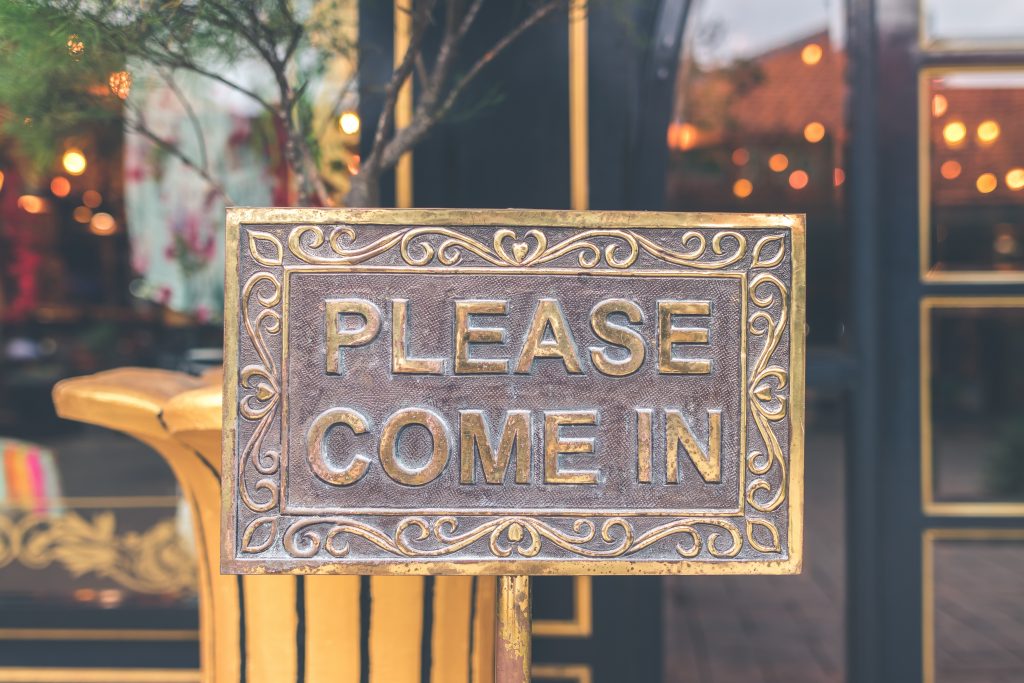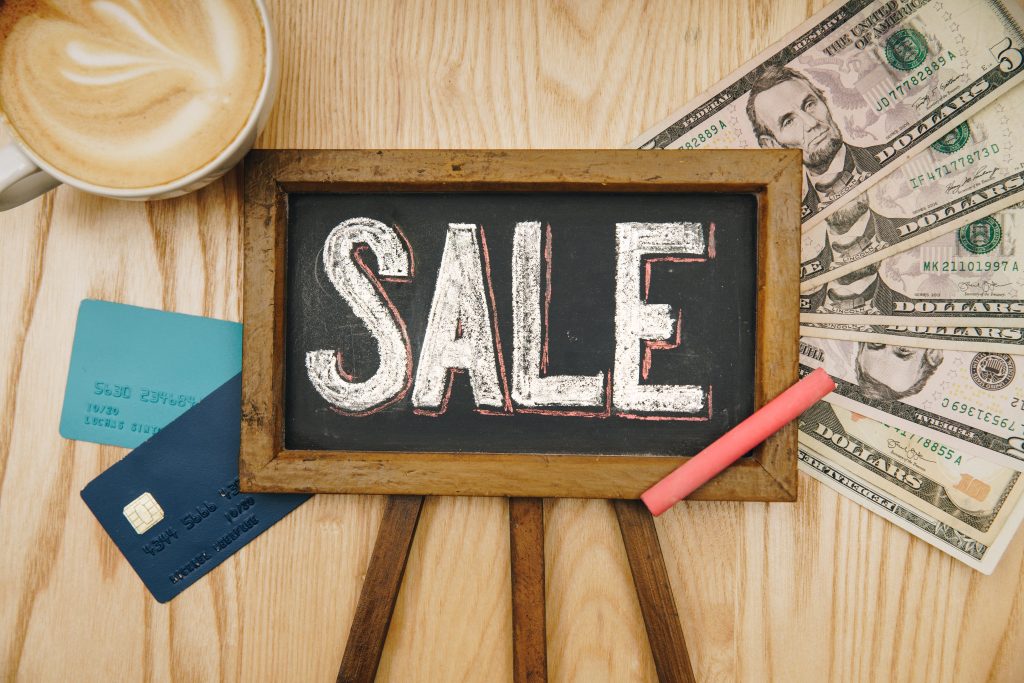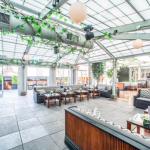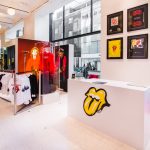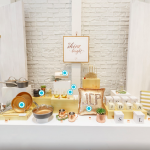The pop-up movement is leading the global retail revolution as brands refocus on their in-store experience to integrate physical retail with the digital world. As a platform connecting innovative brands with much needed retail space, we have had the privilege to work with companies of all stripes – each contributing to a changing retail landscape in its own way.
The types of brands we work with range from globally established names to young start-ups breaking onto the scene. Although different in the sense of growth phase, at both ends of the spectrum their product’s lifetime follows the same 5 stages which require a different retail strategy at every turn.
Talking this through with our co-Founder Adrien Kerbrat, we identified the key strategies for each stage throughout the lifetime of one single product and what brands should do to grow their business with ease and flexibility.
Starting the journey: from Concept to Customer
Let’s say you’re a start-up fashion brand about to embark on the full journey entering the market with your concept product. How do you take this all the way to the end of a successful cycle where you validate your ideas, raise brand awareness, establish meaningful relationships with your customers and build the loyalty you need to repeat the cycle on a long-term basis? In other words, how do you go from Concept to Customer?
- Stage 1: Gearing up / idea validation
At the very start of the journey, it’s important for a brand to validate ideas through experimentation. Most brands take this as an opportunity to test how their products are received by their target customers – which is an essential thing to do – but there are many more brand related and business considerations where pop-up experimentation can provide valuable input. For example, pop-up stores provide the type of flexibility needed to test out different locations. This can be different cities or even different neighborhoods within a city.
As stores are becoming the central touchpoint with customers once again, this is a great opportunity to work out the store concept of the brand. Especially for online brands venturing into the offline world, it can be a challenge to replicate the digital brand experience in a physical store environment. Experimentation can make this a lot easier as you fine-tune your store concept to the point where a customer has a single brand experience across all channels.
Besides a customer-facing strategy, a start-up fashion brand should take this moment to set up industry networks by inviting wholesale buyers to explore the new collection. If that type of distribution is part of your strategy, now is the right time, as you can provide them exclusive deals before you take it to the next stage and build up a more public profile.
- Stage 2: Launch event
Now that you have some initial validations in place, you are ready to launch the new collection and build up your customer base. A launch event pop-up is by nature a limited-time only experience. This already creates a lot of buzz. Amplify that by hosting a press event in the store to maximize coverage of the new collection across publications your target customers are likely to read. As word gets out about this new and exciting pop-up, which won’t be there for long, you will be drawing in your key customers who want to see what all the hype is about.
While this is true for all visitors coming down to your store, take a special interest in the first wave of visitors that walk through the door at this stage. Make sure they have a highly personalized experience and walk them through your new collection. Tell them how it’s made, the philosophy of the brand, and involve them in a meaningful way. Give them the feeling that they are part of an exclusive group as the early pioneers of your brand. If they walk out the store thinking they have found something before anyone else has, you’re on the right track. These are your key clients who form a solid base for the next stage.
- Stage 3: Customer engagement
Your brand has now been covered in various publications and your key clients have spread the word in their own social circles – most likely to boast about something none of their peers have experienced. Strike while the iron is hot with a longer-term store opening. Brands at this stage typically open a pop-up store for a longer duration, between 6 to 18 months.
With a long-term pop-up store, you can take the time to really engage with a wider customer base and build up brand loyalty. As with any type of store, short-term or not, focus on delivering a memorable experience that your customers want to revisit or share with others. This is more than showcasing a fantastic new collection. Engage all different senses and let customers interact with your products. Meaningful interaction is essential for winning hearts and minds.
- Stage 4: Private sale
During the previous stages, your brand has built up a lot of steam and you need to keep that momentum going as you plan the next cycle where you might possibly launch a new collection. Nurture key client relationships with more exclusive pop-ups, like a private sale for example. At this stage, you need to achieve two objectives: keep you key clients engaged and plant the seed for the next cycle. If you have any sketches, drafts, prototypes, samples or even only an idea for the next new thing your brand will do or release, share it with your VIP audience. Give them the insider experience.
- Stage 5: Destocking event
At the end of the product lifetime, it’s likely you have some leftover stock. Typically, a fashion brand will sell these items in outlet stores which is a less than ideal way of doing it. Outlet stores are always in remote locations, and not in a cool off-beat way but in a more inconvenient way. The store itself is usually a stripped-down version of the normal brand experience, which devalues the overall brand. Your customers might be getting the real products, but not the real experience which affects the way they perceive your brand.
A destocking pop-up store takes a radically different approach and instead turns this stage into a ‘last-minute get it while you still can’ type of experience. You can uphold the value of your brand, and still deliver the type of brand experience your customers are expecting. This is not about selling rejects or a pair of 2 left shoes. This is more like when an older movie is replayed in the cinema for a single screening: in case you missed it, here it is one more time.
Learn and improve at every stage
No matter at what stage of the product lifetime your brand is, always collect feedback from your customers and use it to refine your strategy for the next stage. Learn from every customer interaction to get even better at reaching the right audience, in the right location, at the right time. Pop-up stores are an invaluable tools for brands to go from Concept to Customer and those that know how to use them have a definite advantage.
Find the perfect space for your pop-up event
- The Chinese Retail Market: Pop-up Stores and Massclusivity - November 30, 2020
- 7 For All Mankind Builds Buzz with Its Pop-Up Store in Le Marais - May 1, 2019
- 3 Reasons To Open a B2B Pop-Up Store - February 20, 2019

